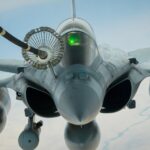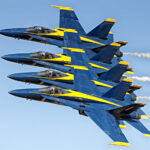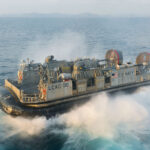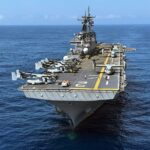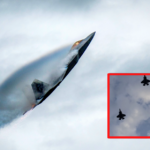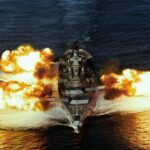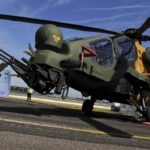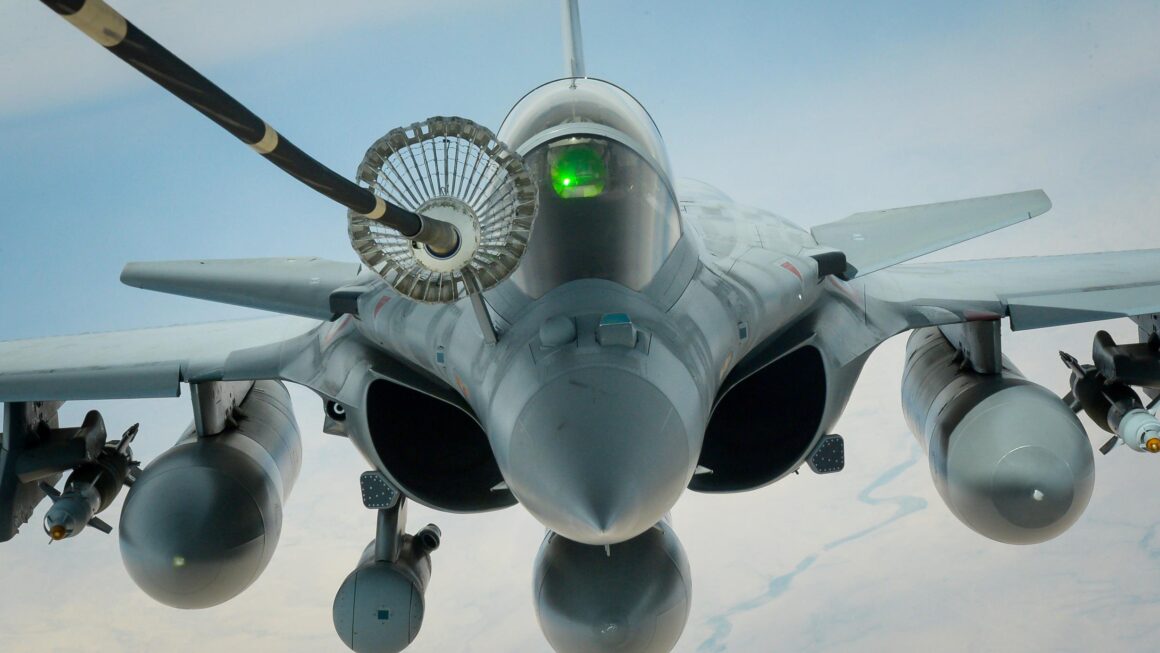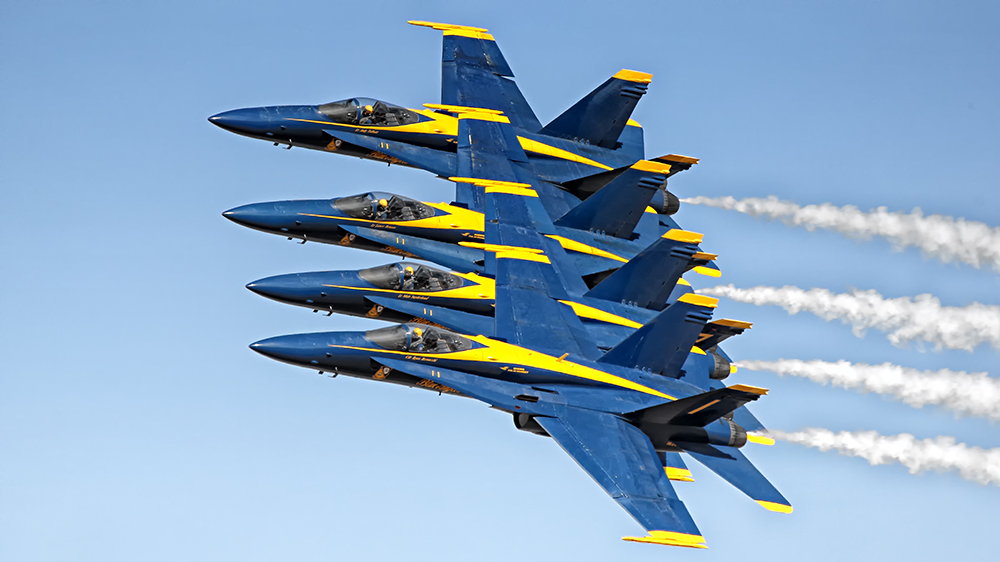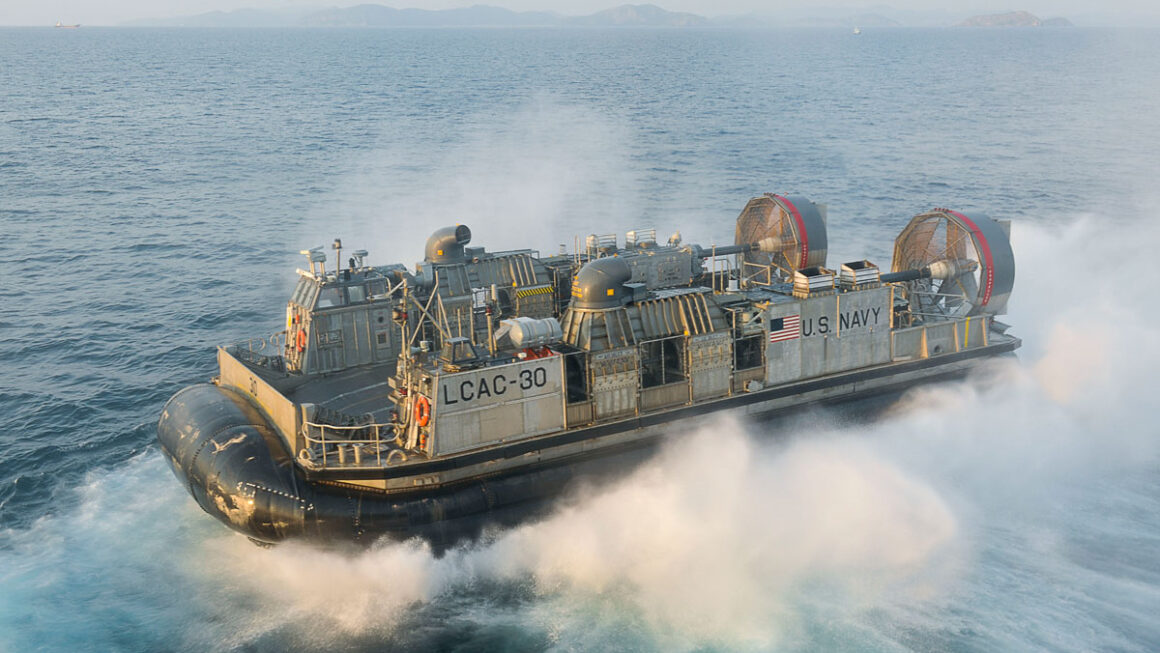British Royal Air Force Eurofighter fourth generation fighter aircraft participated in the U.S. Air Force’s Agile Combat Employment exercise held over the skies of Estonia on May 8-12, with the British IX (B) Squadron joining American F-22 Raptors from the 94th Expeditionary Fighter Squadron, 1st Fighter Wing. The exercises came as part of NATO’s Baltic Air Policing Mission, with the Royal Air Force having launched Operation AZOTIZE in March 2023 as the second deployment of Eurofighters to Eastern Europe since the outbreak of the Russian-Ukrainian War in February 2022 to contribute to these efforts.

The concept of Agile Combat Employment was referred to by U.S. Air Force Colonel David Pappalardo as “a proactive and reactive operational scheme of manoeuvre executed within threats timelines to increase your availability while generating combat air power,” with this trained for during exercises such as the one led by F-22s in early May. The U.S. Air Force has invested heavily in developing new ways of operating the F-22 in conflicts with peer level adversaries, a notable example being the Rapid Raptor deployment concept allowing units of four F-22s to quickly redeploy to remote forward locations with minimal support.
The 94th Expeditionary Fighter Squadron’s F-22s arrived in Europe on April 11, deploying to Powidz Air Base in Poland from Joint Base Langley-Eustis, Virginia, as part of a scheduled rotation to support NATO’s forward fighter presence on its Eastern Flank. They replaced F-15Es from the 48th Fighter Wing that had been stationed in Eastern Europe for five months since November. The Raptors’ arrival in Europe came shortly after an American MQ-9 Reaper drone crashed near the Crimean Peninsula in the Black Sea after a Russian Su-27 fighter conducted aggressive manoeuvres nearby, which Western sources widely claimed was responsible for causing the drone’s loss.

The F-22 and F-15 are the only heavyweight fighter classes in NATO, with aircraft deployed by European allies such as the Eurofighter being considerably smaller and shorter ranged and carrying significantly lighter radars. The Eurofighter is notably the last fighter in the world to have been produced with a mechanically scanned array radar, which was the case until 2019, with its obsolete sensor suite and lack of stealth capabilities seen to seriously limited its combat potential compared to fifth generation fighters like the F-22. Both fighters are considered behind the cutting edge in terms of avionics, however, compared to the newer F-35s which has played a key role in monitoring Russian forces in the region and electronically testing Russian air defences in the Ukrainian theatre.
The very small numbers of F-22s available in the U.S. Air Force has limited deployments for exercises beyond the country’s borders, usually to under a dozen airframes, although their presence in Eastern Europe is seen to be an important asset due to their unique combination of advanced stealth capabilities and readiness for high intensity combat. The only other Western fifth generation fighter class in service, the F-35, is still considered far from ready for high intensity combat, although some have been deployed to Eastern Europe, namely by Italy and the U.S. Russia itself fields an equivalent fighter to the F-22, the Su-57 Flanker, although in much smaller numbers with only 10 airframes in service.

The design has far poorer stealth capabilities, but benefits from a much longer range, access to far longer ranged missiles, use of six radars and an infrared sensor, where the F-22 uses just one radar, and use of more modern avionics including helmet mounted sights for visual range targeting which the F-22 notably lacks. Despite being a much newer design, the Su-57 has seen far more extensive combat testing in the theatre in Ukraine both in air to air combat, which the F-22 has never been used for, and using standoff cruise missiles which the F-22 cannot carry. With the F-22 beginning to be retired, however, due to a wide range of performance issues, the U.S. is developing its first sixth generation fighter under the Next Generation Air Dominance Fighter program to tackle challengers like the Su-57.

